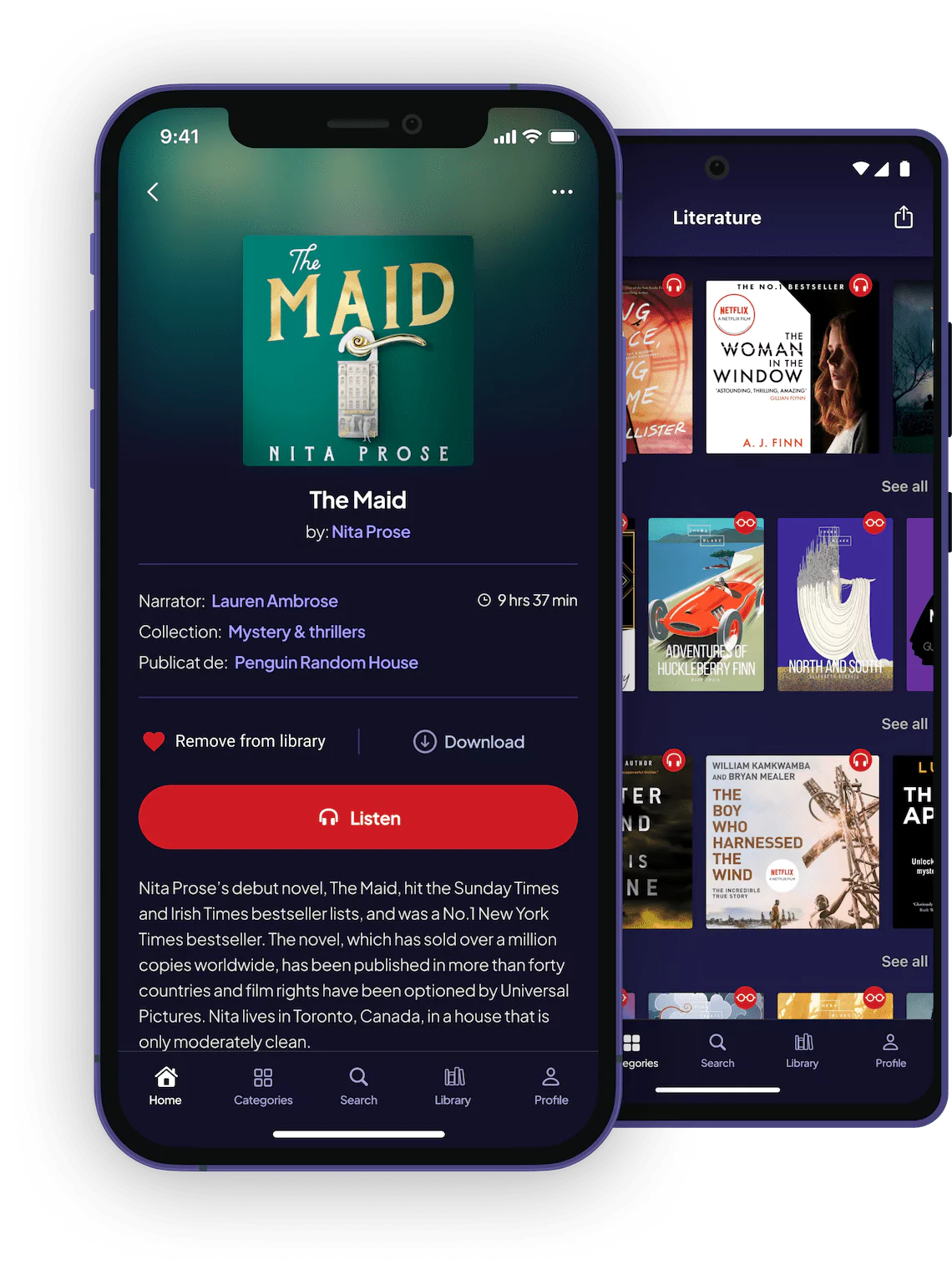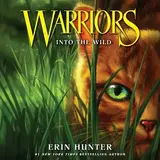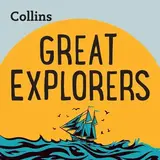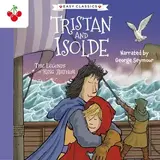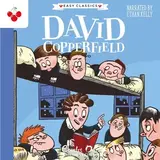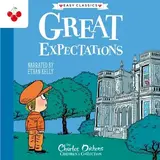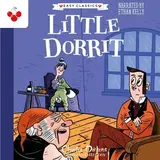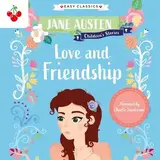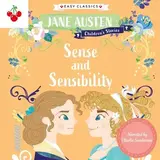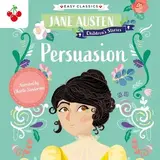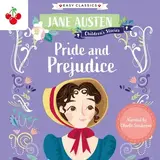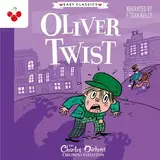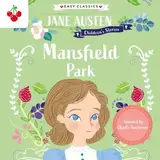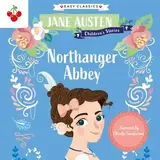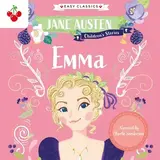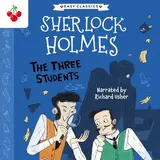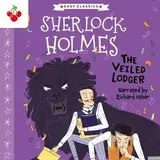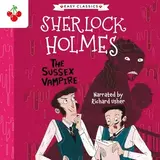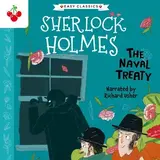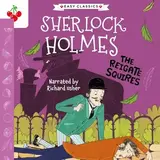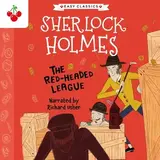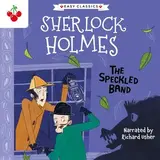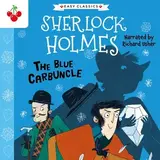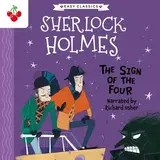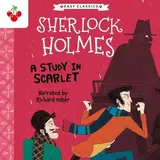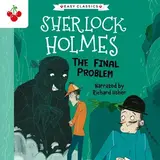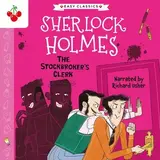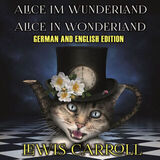

Alice im Wunderland. Alice in Wonderland.
Narrator: Marco Neumann
Duration: 5h 35m
Alice im Wunderland ist ein erstmals 1865 erschienenes Kinderbuch des britischen Schriftstellers Lewis Carroll. Alice im Wunderland gilt als eines der hervorragenden Werke aus dem Genre des literarischen Nonsens.
Während ihre Schwester ihr aus einem Buch vorliest, sieht die Titelheldin Alice ein sprechendes, weißes Kaninchen, das auf eine Uhr starrt und meint, es komme zu spät. Neugierig folgt Alice ihm in seinen Bau. Dort fällt sie weit hinunter und landet in einem Raum mit vielen Türen. Nach einiger Zeit findet sie einen Schlüssel, mit dem sie die kleinste Tür aufsperren kann. Sie öffnet diese, schafft es allerdings nicht hindurch, weil sie zu groß ist. Kurz darauf findet sie ein Fläschchen mit einem Trunk, der sie kleiner macht. Aber dann ist die Tür, als sie klein genug ist, wieder zu. Aus diesem Grund entsteht ein Chaos, bis Alice letztlich klein genug ist und ins Wunderland, das von Paradoxa und Absurditäten nur so strotzt, hineingehen kann.
***
The Alice in Wonderland is the immortal book of the English writer Lewis Carroll. This is a fairy tale that has been admiring adults and children of the whole world for a century and a half.
Alice fearlessly jumps into the rabbit mink and gets into an unusual country, where the situation and the girl herself change every minute.
The Sea Bull in this country sings songs, and Rabbit wears a watch like a real English gentleman. Alice guesses absurd riddles and is honored to play a game of croquet with the Queen.
Had it all happened in reality or was it only a magical dream that had slipped on the dozing Alice?
Contents:
1. Alice im Wunderland.
2. Alice in Wonderland.
Charles Lutwidge Dodgson
(27 January 1832 – 14 January 1898), better known by his pen name
Lewis Carroll, was a man of paradoxes—a shy mathematician who created worlds of whimsical nonsense, a precise logician who gave voice to talking rabbits and vanishing cats.
Born in Daresbury, Cheshire, England, Carroll was the third of eleven children in a deeply religious family. From an early age, he showed a remarkable gift for storytelling and wordplay, entertaining his siblings with home-written magazines and puppet shows. He later attended Oxford University, where he excelled in mathematics and eventually became a lecturer and published academic works under his real name.
Yet it was his friendship with the Liddell family—especially young Alice Liddell—that would unlock his most enduring creation. On a rowing trip in 1862, Carroll began spinning a tale about a curious girl who followed a white rabbit down a hole. This improvised story became
Alice's Adventures in Wonderland (1865), followed by its sequel,
Through the Looking-Glass (1871). Both books blended playful absurdity with subtle logic, appealing to children and adults alike.
Carroll's interests were vast. He was a pioneering photographer, a lover of puzzles, and an advocate for the rights of children. Despite his fame, he remained intensely private and somewhat elusive—a figure as enigmatic as the characters he imagined.
Lewis Carroll's legacy lives not only in his books but in the questions he posed and the boundaries he blurred between reality and dream. He didn't just write children's fiction—he redefined it.
Published by: Strelbytskyy Multimedia Publishing
Similar Titles
See allHow does it work?
Create your account.
Create your free account here.
Download the Voxa app
Available for Android and iPhone from Google Play or App Store.
Try free for 7 days
Enjoy access to 100,000 titles and the entire Voxa experience.
Listen without internet
Download your favorite audiobooks and enjoy them even when you're offline.
